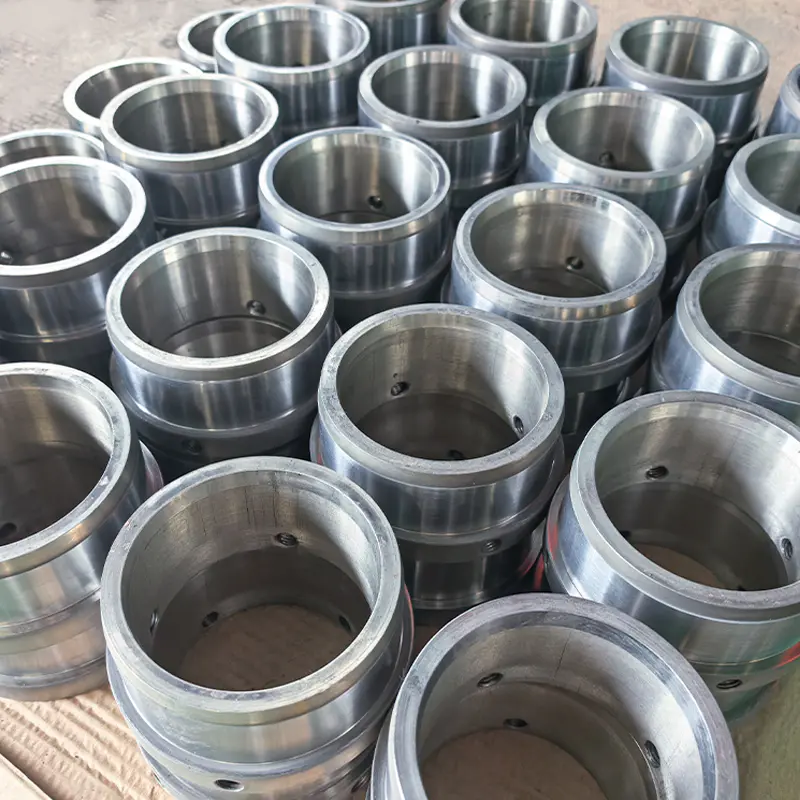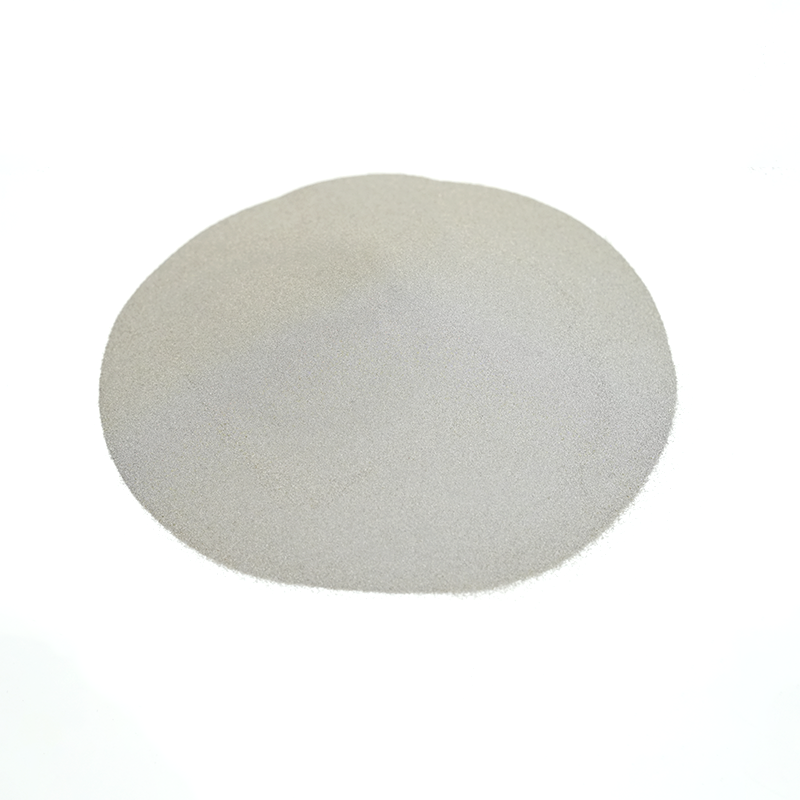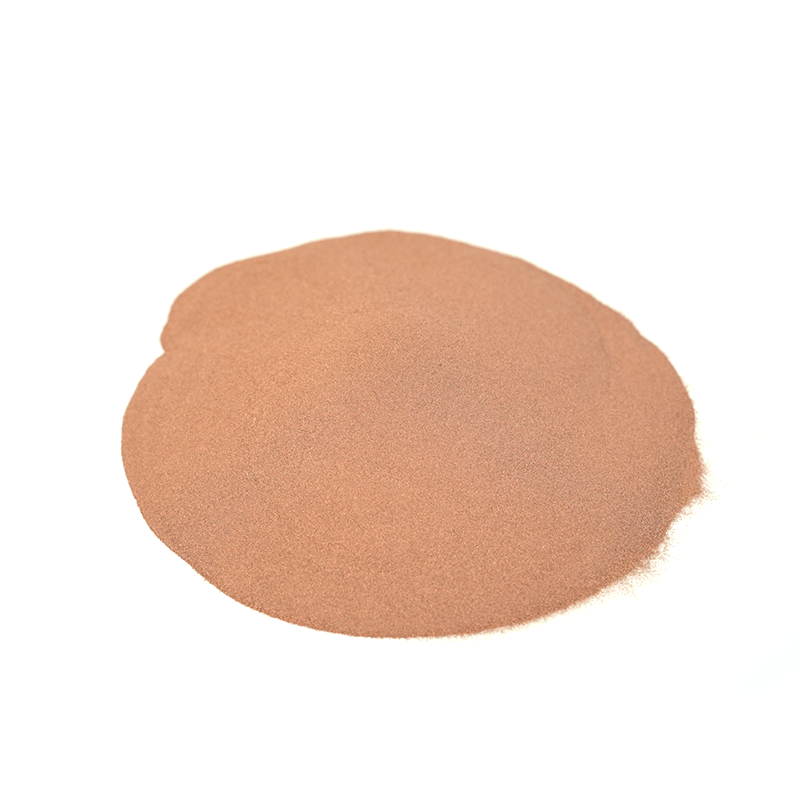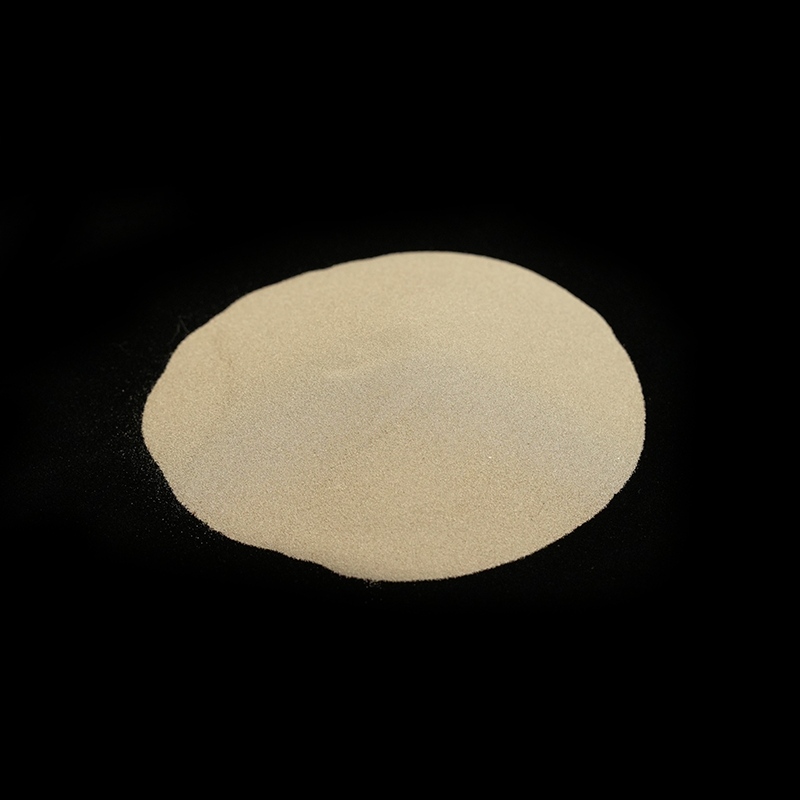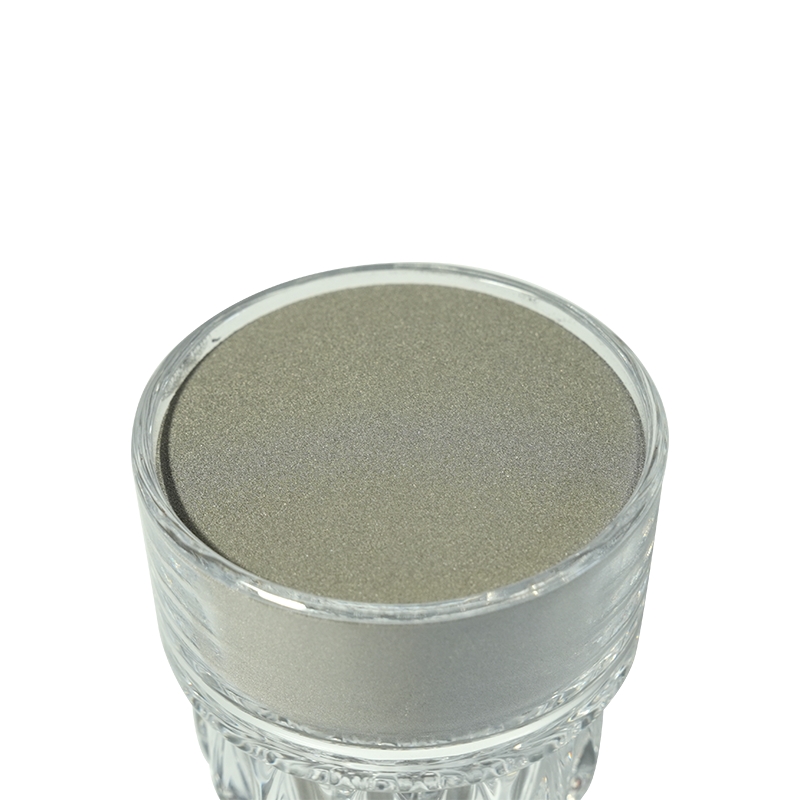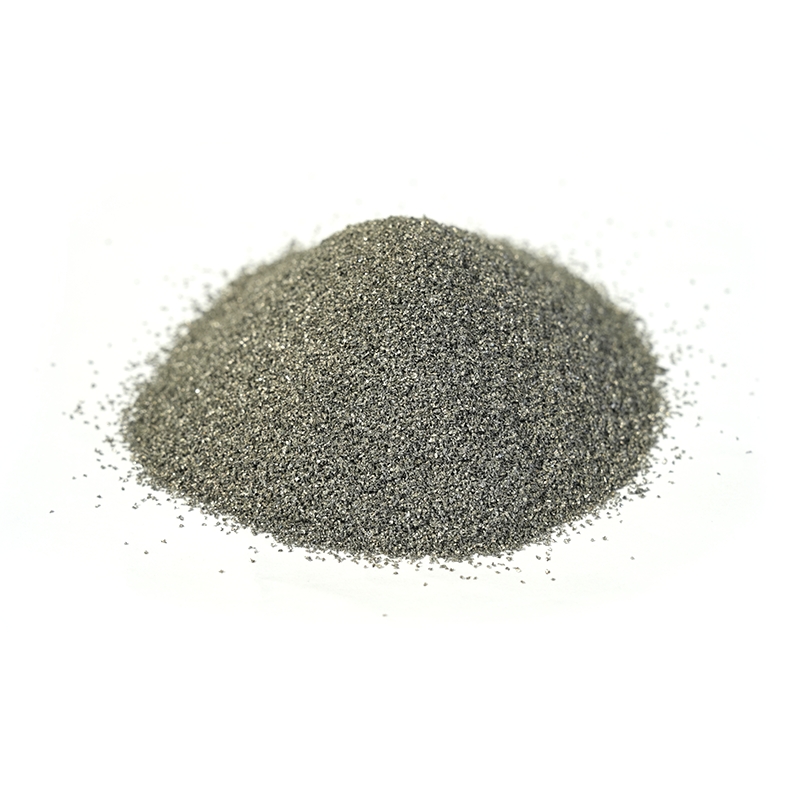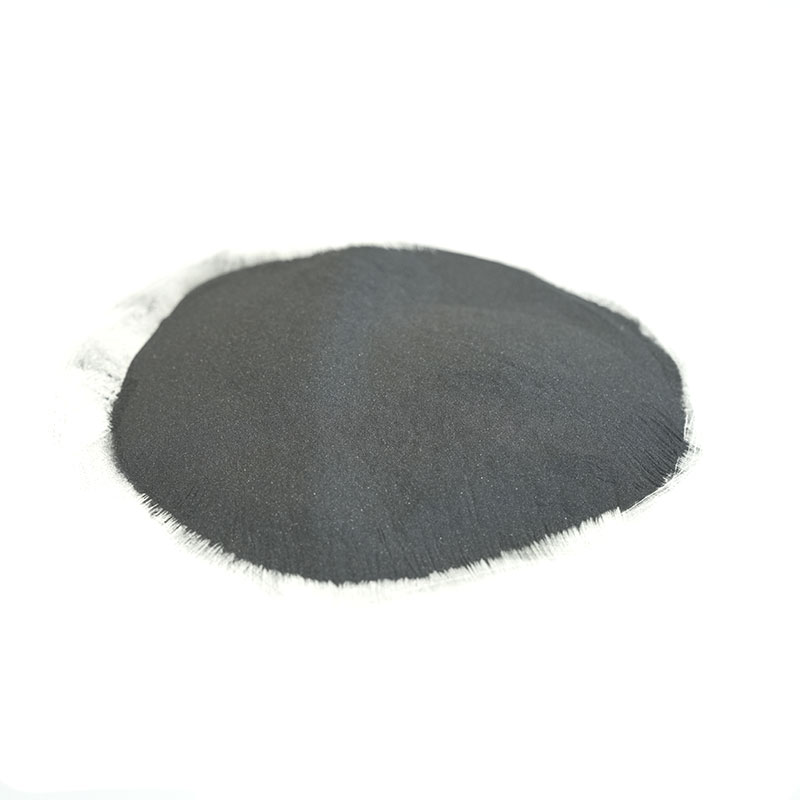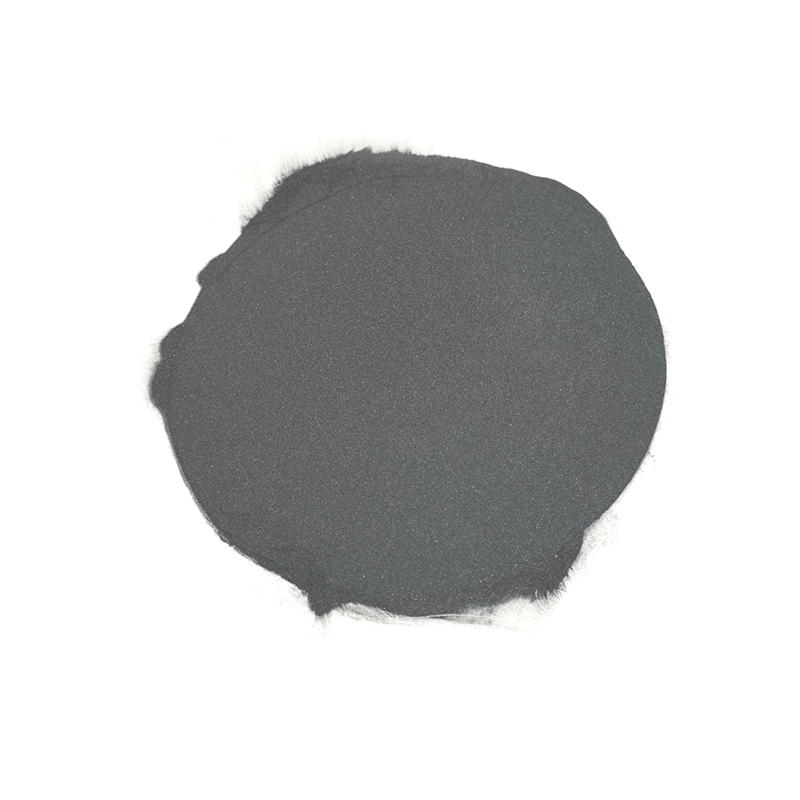Alloy powder is a fundamental material in modern manufacturing, consisting of fine particles of metallic alloys designed to combine the beneficial properties of multiple metals. These powders are indispensable in advanced industries requiring precise control over material properties, such as aerospace, automotive, electronics, and medical device manufacturing. This article explores alloy powder comprehensively — its characteristics, production techniques, classifications, applications, and emerging technologies.
What Is Alloy Powder?
Alloy powder refers to a powder form of a metal alloy — that is, a combination of two or more metallic elements intimately mixed to form a single solid phase with enhanced or tailored properties. Unlike bulk alloys formed by melting and casting, alloy powders allow for more controlled processing techniques such as powder metallurgy (PM) and additive manufacturing (AM), enabling the fabrication of complex geometries, customized microstructures, and improved performance.
Fundamental Characteristics of Alloy Powder
Particle Size and Shape
-
Particle size typically ranges from a few microns to a few hundred microns. Fine powders (<50 µm) are often used for additive manufacturing due to their high surface area and flowability.
-
Particle morphology (shape) affects powder flowability, packing density, and sintering behavior. Spherical particles tend to flow better and pack more densely than irregular, angular powders.
Chemical Composition and Homogeneity
-
Alloy powders must exhibit uniform chemical composition to ensure consistent mechanical and chemical properties in the final product.
-
Homogeneous alloy powders are either atomized from molten alloy or mechanically alloyed by repeated milling of elemental powders.
Purity and Contamination
-
Contamination by oxygen, nitrogen, or other impurities must be minimized, as these can cause defects in sintered parts or reduce corrosion resistance.
-
Controlled atmospheres and inert gas handling are essential during powder production and storage.
Production Methods of Alloy Powder
1. Atomization
Atomization is the predominant industrial method for alloy powder production:
-
Gas Atomization: Molten metal is disintegrated by a high-pressure gas jet (argon, nitrogen). It produces powders with spherical shapes and controlled particle sizes.
-
Water Atomization: Uses high-pressure water jets to fragment molten metal, resulting in irregular-shaped powders. It is more economical but produces less flowable powders.
-
Centrifugal Atomization: Molten metal is flung from a rotating disk, forming powders with uniform particle size but limited scalability.
2. Mechanical Alloying (MA)
Mechanical alloying is a solid-state powder processing technique:
-
Elemental metal powders or pre-alloyed powders are milled together in high-energy ball mills.
-
The repeated fracturing, cold welding, and rewelding produce a fine, homogeneous alloy powder.
-
MA can produce alloys that are difficult to melt or have metastable phases (e.g., nanocrystalline or amorphous alloys).
3. Chemical Methods
-
Electrodeposition: Metallic powders are deposited from an electrolytic bath, producing high-purity powders with controlled composition.
-
Reduction of Oxides: Metallic oxides are chemically reduced in a hydrogen or carbon atmosphere, producing metal powders.
-
These methods are used for specialty alloy powders with high purity or specific microstructures.
4. Other Techniques
-
Spray Drying: Used to convert slurry suspensions into powders, often combined with subsequent spheroidization.
-
Plasma Atomization and Plasma Spheroidization: High-energy plasma melts and re-solidifies powders into highly spherical shapes with excellent flow properties, ideal for additive manufacturing.
Classification of Alloy Powders
Iron-Based Alloy Powders
-
Include stainless steels (304, 316L), tool steels, and soft magnetic alloys.
-
Used for structural components, wear-resistant parts, and electrical steels.
-
Typical applications: automotive gears, engine parts, magnetic cores.
Nickel-Based Alloy Powders
-
Characterized by excellent high-temperature strength and corrosion resistance.
-
Common in aerospace turbine blades, heat exchangers, and chemical processing equipment.
-
Examples include Inconel, Hastelloy, and Monel powders.
Aluminum-Based Alloy Powders
-
Lightweight and corrosion-resistant.
-
Used extensively in aerospace, automotive, and additive manufacturing.
-
Alloys include Al-Si, Al-Cu, and Al-Mg systems.
Copper-Based Alloy Powders
-
Exhibit excellent electrical and thermal conductivity.
-
Commonly used in electrical contacts, heat sinks, and mechanical components.
-
Include bronze and brass powders.
Cobalt-Based Alloy Powders
-
Noted for hardness and wear resistance.
-
Applied in medical implants (e.g., hip replacements), cutting tools, and hardfacing.
Applications of Alloy Powder
Powder Metallurgy (PM)
-
PM involves compacting alloy powders into a desired shape and sintering (heating below melting point) to bond particles.
-
Enables near-net-shape manufacturing with minimal waste.
-
Produces components with controlled porosity, tailored for bearings, filters, and gears.
Additive Manufacturing (3D Printing)
-
Metal 3D printing technologies such as Selective Laser Melting (SLM) and Electron Beam Melting (EBM) use alloy powders to build parts layer-by-layer.
-
Allows complex geometries and internal structures that are impossible to machine conventionally.
-
Widely used in aerospace, medical implants, and rapid prototyping.
Thermal Spray Coatings
-
Alloy powders are sprayed onto surfaces to form protective coatings.
-
Used to enhance wear resistance, corrosion protection, and thermal barriers on engine components and industrial tools.
Welding and Brazing
-
Specialized alloy powders serve as filler materials in advanced welding and brazing processes.
-
Enhance joint strength and corrosion resistance.
Filters and Porous Materials
-
Controlled porosity in sintered alloy powders creates filters for liquids and gases.
-
Also used in oil-impregnated bearings to provide lubrication.
Advantages and Challenges
Advantages
-
Customizable material properties: Alloy powders can be engineered to deliver specific hardness, toughness, corrosion resistance, or thermal stability.
-
Complex geometry manufacturing: PM and additive manufacturing enable intricate designs with reduced machining.
-
Sustainability: Less material waste compared to casting and machining.
-
Enhanced performance: Fine microstructures improve mechanical properties and fatigue resistance.
Challenges
-
Powder handling and safety: Fine powders are flammable and require strict safety protocols.
-
Cost: High-quality alloy powders, especially spherical ones for 3D printing, can be expensive.
-
Contamination risk: Oxidation and moisture can degrade powder quality.
-
Process control: Achieving consistent sintering and densification is critical.
Future Trends and Innovations
-
Development of high-entropy alloy powders: These multi-principal element alloys exhibit unique combinations of strength, corrosion resistance, and thermal stability.
-
Nanostructured and amorphous alloy powders: Offering exceptional hardness and wear resistance for cutting tools and protective coatings.
-
Recycling and sustainability: Advances in powder reuse and recycling will reduce costs and environmental impact.
-
Integration with AI and digital manufacturing: Smart production lines optimize powder characteristics and processing parameters for quality assurance.
Conclusion
Alloy powders are pivotal in enabling modern manufacturing techniques and advancing material science. Their ability to combine tailored chemical compositions with precise manufacturing methods makes them essential for high-performance components in aerospace, automotive, medical, and many other industries. Understanding the science, production methods, and applications of alloy powders opens a gateway to innovation and improved engineering solutions. As technology evolves, alloy powders will continue to play a crucial role in shaping the future of materials and manufacturing.


 English
English русский
русский عربى
عربى